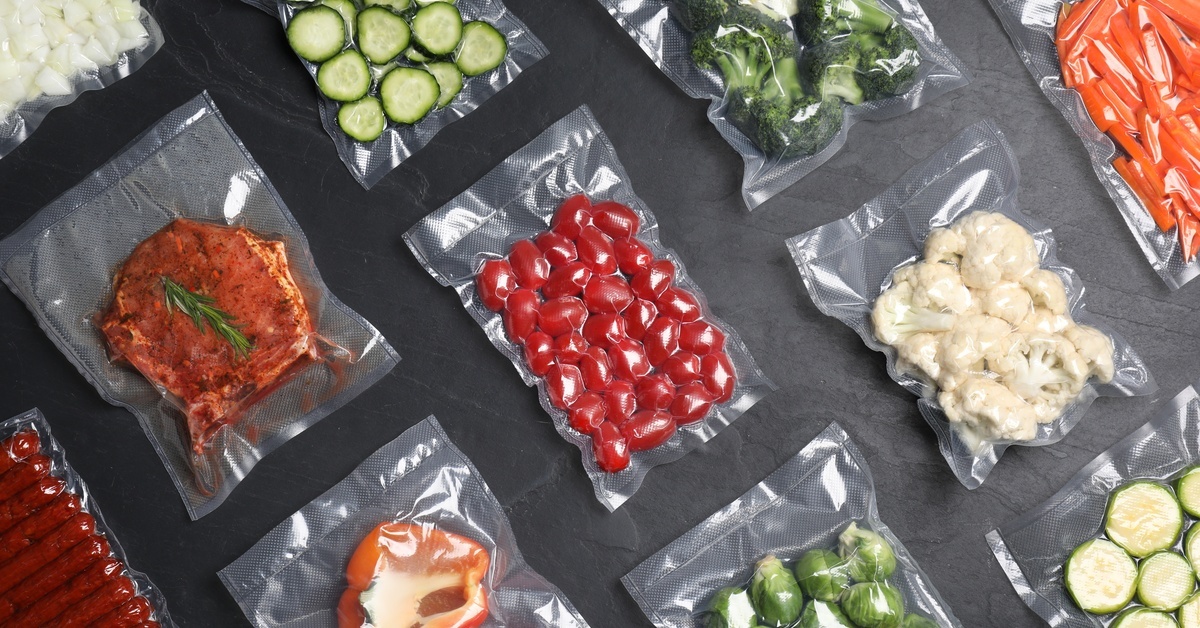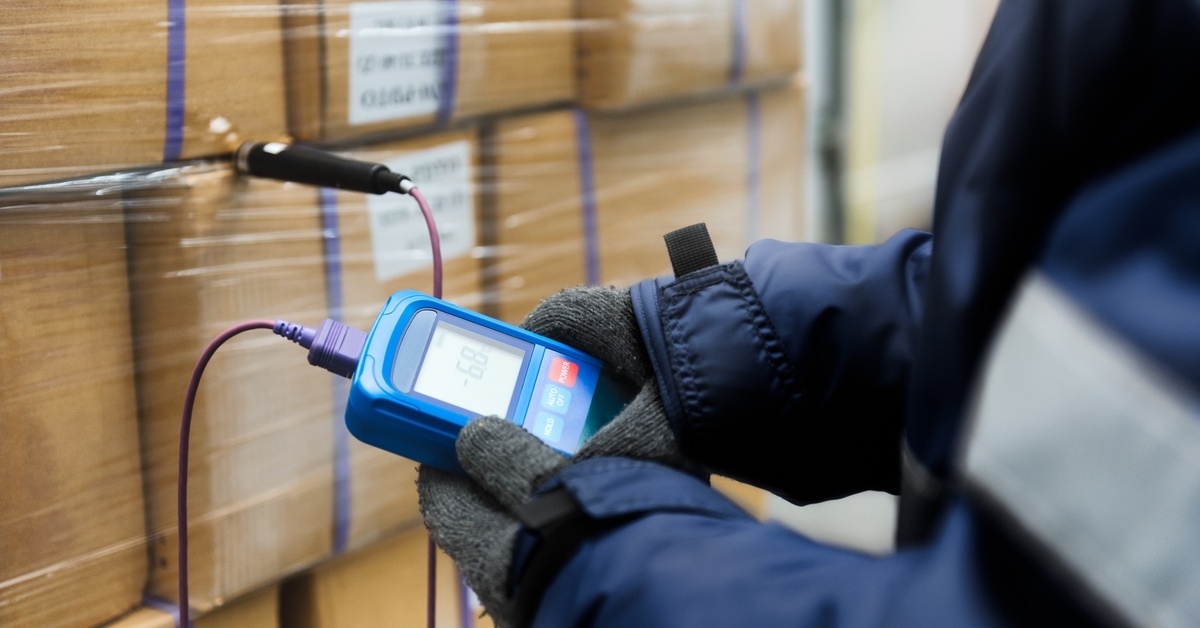16th Apr 2025
How Food Manufacturers Can Maximize Shelf Life
Shelf life directly affects product quality and consumer satisfaction. The ability to maximize the shelf life of food products without compromising taste, texture, or nutritional value is a priority for food manufacturers.
By understanding the factors that impact shelf life, food manufacturers can implement effective strategies that enhance their product’s longevity, reduce waste, and boost profitability. Let’s explore how food manufacturers can maximize shelf life, from ingredient selection to packaging techniques.
The Factors That Affect Shelf Life
The first step in increasing the shelf life of food products is understanding the factors that can influence how long a product lasts. Several elements contribute to the deterioration of food, including temperature, humidity, oxygen, and light. These factors cause the food to spoil, lose nutritional value, or develop an undesirable texture or taste.
Temperature Control
Temperature control is one of the most critical aspects of preserving food. Many foods, particularly perishable items, require refrigeration or freezing to prevent microbial growth and spoilage. By maintaining the appropriate temperature throughout the supply chain, food manufacturers can significantly extend the shelf life of their products.
Humidity
Humidity is another environmental factor that affects food preservation. High humidity can lead to mold growth and increased moisture content in food. Low humidity can result in dehydration and texture changes. Balancing humidity levels is essential for ensuring food products retain their original texture and quality.
Oxygen Exposure
Food oxidation occurs due to oxygen exposure. This can lead to flavor changes, spoilage, and loss of nutrients. Packaging methods that minimize oxygen exposure can help slow down oxidation and extend shelf life.
Light Levels
Light can also degrade nutrients like Vitamin A and Vitamin C. Excessive light exposure can also cause discoloration in food products. Packaging and storage solutions that block light can help protect food products from light’s harmful effects.

Optimize Packaging Solutions for Extended Freshness
Packaging materials can protect food from environmental factors such as oxygen, light, and moisture.
Vacuum sealing and modified atmosphere packaging (MAP) are two popular methods used to extend shelf life. Vacuum sealing removes air from the packaging, reducing the amount of oxygen in contact with the food, which helps prevent oxidation and slows down the growth of aerobic bacteria. MAP replaces the air inside the packaging with a gas mixture—typically nitrogen and carbon dioxide—that inhibits microbial growth.
Another important consideration is the type of material used for packaging. Materials like foil laminates or multilayered plastic films are excellent at protecting food from oxygen and moisture. Additionally, the use of barrier films in packaging keeps food fresh for extended periods.
Innovative packaging technologies, such as edible coatings and smart packaging that can signal when a product is no longer fresh, are also gaining popularity in the food manufacturing industry. These technologies can help consumers identify products that have surpassed their optimal shelf life and prevent food waste.
The Role of Food Additives and Preservatives
Food additives and preservatives are effective tools for maximizing the shelf life of many food products. These substances help prevent microbial growth, slow down oxidation, and preserve the taste and texture of food.
The two main types of preservatives are chemical preservatives and natural preservatives. Food manufacturers use chemical preservatives in processed foods to prevent spoilage and maintain freshness.
However, many customers prefer food products with natural preservatives, such as rosemary extract, citric acid, and ascorbic acid. These preservatives can enhance the shelf life of foods without the need for synthetic chemicals.
Antioxidants are another category of food additives that help protect products from oxidation, which is particularly important for products containing fats and oils. Food manufacturers can also use antimicrobial agents to control the growth of bacteria, molds, and yeasts to reduce spoilage.
Temperature and Time Control During Production
The cooking, pasteurization, or sterilization processes used in food production can kill harmful bacteria and extend the product’s shelf life. However, food manufacturers must carefully control this process to ensure they don’t overcook or fail to fully process the food.
For example, pasteurization involves heating food to a specific temperature for a set period to kill pathogens without compromising the food’s quality. Inadequate pasteurization can result in microbial contamination, while excessive heating can lead to the degradation of the food’s nutrients and flavor.
During the production of products such as dairy, meat, and beverages, food manufacturers must carefully monitor time and temperature to guarantee the food is safe and retains its texture and flavor. This monitoring period is where tools like chart recorders and chart recorder pens come in handy. These devices document temperature fluctuations throughout the production process, ensuring that food manufacturers can track and maintain environmental conditions for product safety and shelf life.
Proper Storage and Distribution Practices

Once food companies manufacture and package the food products, they must store and distribute them under optimal conditions according to the type of food. Distribution facilities must carefully manage storage conditions like temperature, humidity, and air quality to ensure that products remain fresh until they reach consumers.
Cold Storage
Cold storage is particularly important for perishable items, as improper storage conditions can lead to rapid spoilage. It’s necessary for food manufacturers to establish reliable cold chain management systems to keep refrigerated or frozen products at the correct temperatures during storage and distribution. Any breaks in the cold chain can lead to product degradation, reducing its shelf life and quality.
Handling and Shelf Placement
In addition to temperature, storage factors like handling and shelf placement can influence the shelf life of food products. For example, it’s essential to store products away from direct sunlight and in areas with consistent temperature and humidity levels. This protection reduces the chances of spoilage and helps maintain product quality.
Monitoring and Continuous Improvement
Food manufacturers maximize each product’s shelf life through continuous monitoring and improvement. They must regularly assess the effectiveness of their shelf-life strategies and look for opportunities to improve product preservation.
Self-Life Testing
One way to do this is by conducting shelf-life testing, which involves evaluating the stability and quality of products over time. Regular testing can help identify any potential issues in packaging, ingredient quality, or storage conditions, allowing manufacturers to make adjustments before the product reaches consumers.
Implementing Advanced Methods
Additionally, staying informed about new technologies, packaging materials, and preservation methods can support continuous improvement. Food manufacturers should keep up with industry trends and advancements that can enhance the shelf life of their products and reduce waste.
By continually evaluating and improving shelf-life strategies, food manufacturers can maximize product longevity and ensure that their products consistently meet consumer expectations. Tools like chart recorders from Recorders Charts & Pens can help production facilities accurately document valuable data, helping maintain optimal shelf-life conditions.

